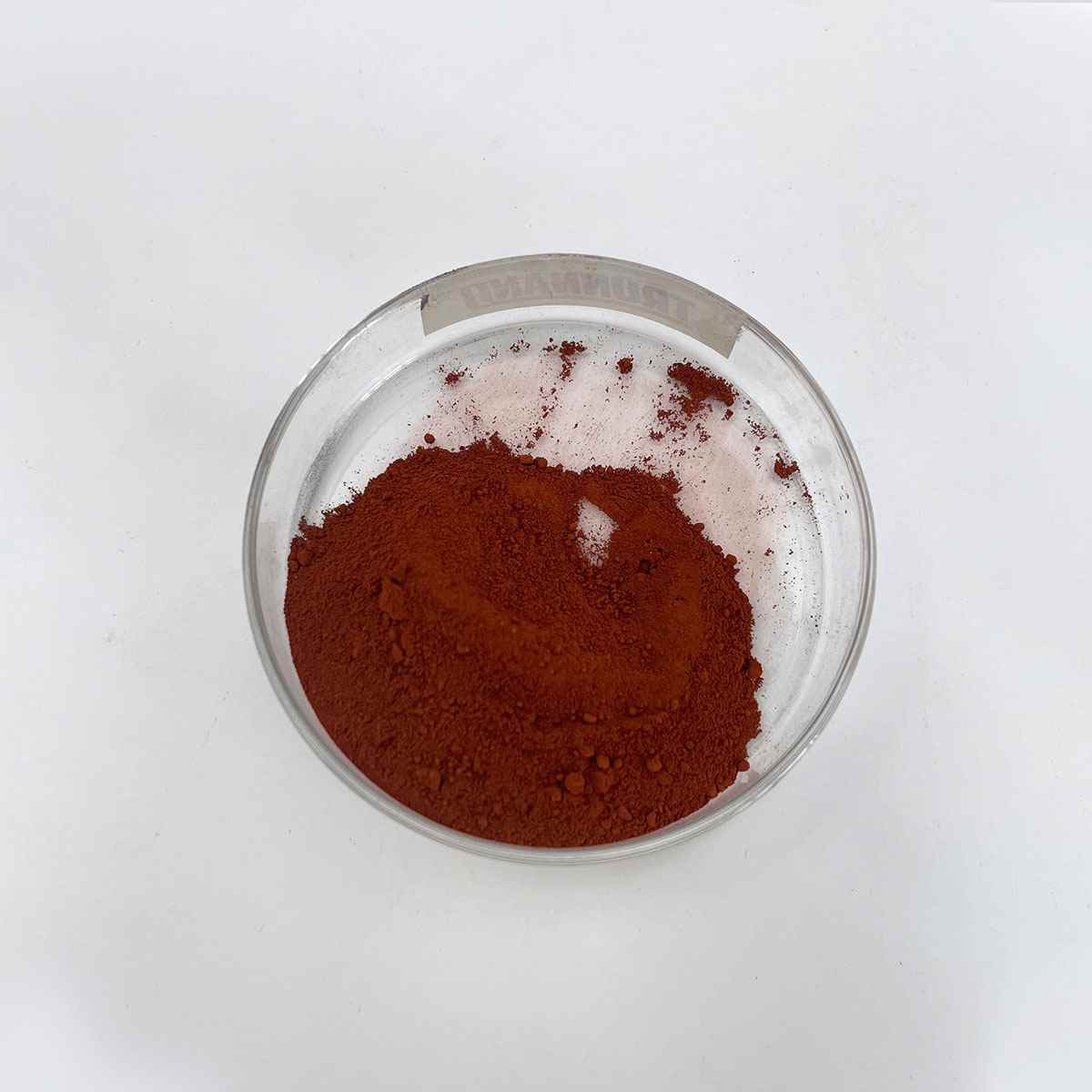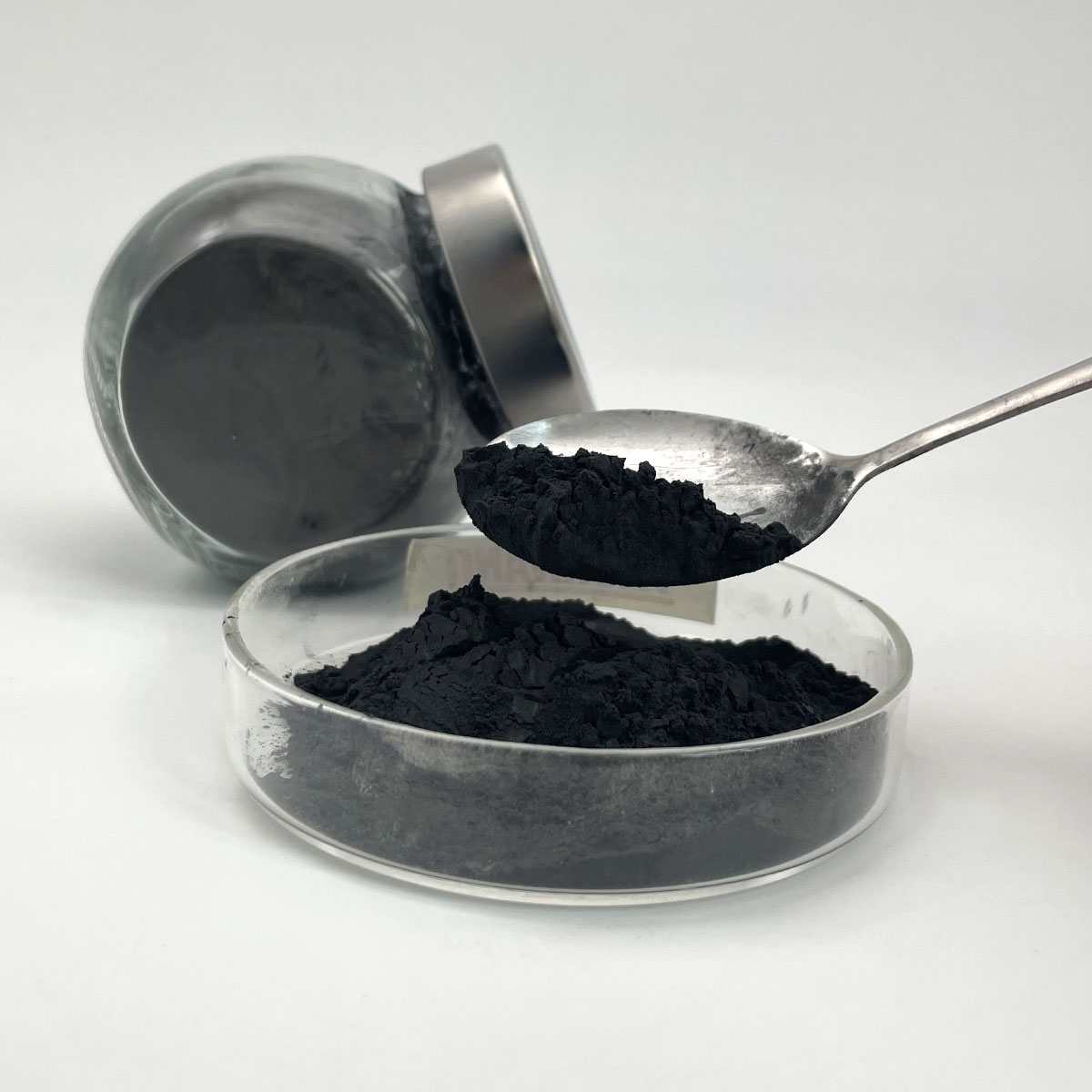Overview of 3D Metal Printing Cobalt Chromium Molybdenum powder CoCrMo Powder
Metal powder is a common form of metal that has been processed into fine particles, ranging from a few micrometers to over 100 microns in diameter. It plays a crucial role in various industrial applications due to its unique properties and versatility.
Features of 3D Metal Printing Cobalt Chromium Molybdenum powder CoCrMo Powder
Physical Characteristics
Particle Size: Ranging from nanometers to hundreds of micrometers, the size distribution significantly influences the powder’s flowability, packing density, and sintering behavior.
Shape: Particles can be spherical, irregular, flake-like, or dendritic, each shape affecting the final product’s mechanical properties and surface finish.
Purity: Depending on the production method, metal powders can achieve high levels of purity, critical for applications like electronics and aerospace where impurities can degrade performance.
Density: While less dense than their solid counterparts due to the presence of air between particles, metal powders can be densely packed during processing to approach the density of the solid metal.
Chemical Properties
Reactivity: Some metal powders, particularly aluminum and titanium, are highly reactive with air and moisture, necessitating careful handling and storage under inert atmospheres or vacuum.
Oxidation: Exposure to air can lead to surface oxidation, forming a passive layer that affects sintering and other processes. This can be managed through surface treatment or use of protective atmospheres.

(3D Metal Printing Cobalt Chromium Molybdenum powder CoCrMo Powder )
Parameters of 3D Metal Printing Cobalt Chromium Molybdenum powder CoCrMo Powder
3D Metal Printing with Cobalt Chromium Molybdenum (CoCrMo) Powder: A Comprehensive Overview
Cobalt Chromium Molybdenum (CoCrMo), a popular metallic alloy, has revolutionized the manufacturing industry, particularly in orthopedic implants, dental prosthetics, and aerospace components due to its exceptional strength, wear resistance, and biocompatibility. The advent of 3D metal printing technology has further enhanced the versatility and precision of CoCrMo applications. This advanced process allows for the creation of complex geometries and customized designs that were once impossible to achieve through traditional manufacturing methods.
The CoCrMo powder used in 3D printing is typically a fine particulate material, consisting of cobalt, chromium, and molybdenum elements in specific proportions. The powder particles are typically spherical or irregular in shape, with diameters ranging from 15 microns to 50 microns, ensuring optimal flowability during the printing process. The composition of these powders can vary slightly, depending on the desired properties, such as hardness, corrosion resistance, and biocompatibility requirements.
The 3D printing process starts with the selection of a suitable additive manufacturing technique, such as Directed Energy Deposition (DED), Selective Laser Melting (SLM), or Electron Beam Melting (EBM). These methods involve layer-by-layer deposition of the CoCrMo powder, where a laser, electron beam, or other energy source selectively melts the particles together, forming solidified layers incrementally. The process requires a high level of control over temperature, energy density, and cooling rates to ensure the quality and integrity of the final product.
One of the key advantages of 3D printed CoCrMo is its ability to produce intricate and anatomically accurate shapes, which is crucial in medical applications. For instance, in orthopedic surgery, surgeons can create customized joint replacements that fit perfectly with the patient’s anatomy, leading to improved surgical outcomes and reduced complications. Dental practitioners can also leverage this technology to fabricate highly precise crowns, bridges, and implants that match the natural tooth structure.
Another advantage is the potential for material savings. Traditional manufacturing often results in significant waste due to the need for tooling and machining. However, 3D printing allows for near-net-shape production, minimizing material waste and reducing costs. Additionally, it enables the creation of lightweight structures without compromising strength, making it ideal for aerospace and automotive industries.
Despite its benefits, 3D printed CoCrMo faces some challenges. The process can be time-consuming compared to conventional manufacturing methods, and the high cost of the equipment and raw materials may be a deterrent for smaller businesses. Furthermore, the need for post-processing, such as heat treatment and surface finishing, can add additional steps to the workflow.
In conclusion, 3D metal printing with CoCrMo powder offers a game-changing approach to manufacturing by enabling the creation of complex, customized, and efficient components. As research and technology continue to evolve, we can expect even greater advancements in material properties, process efficiency, and cost-effectiveness, making 3D printed CoCrMo an increasingly attractive option across various industries. However, it is essential to consider both the benefits and limitations when implementing this technology to ensure optimal performance and reliability in the end products.

(3D Metal Printing Cobalt Chromium Molybdenum powder CoCrMo Powder )
FAQs of 3D Metal Printing Cobalt Chromium Molybdenum powder CoCrMo Powder
Inquiry us






